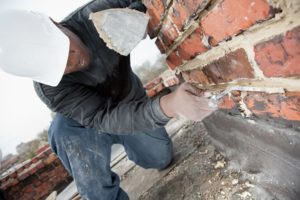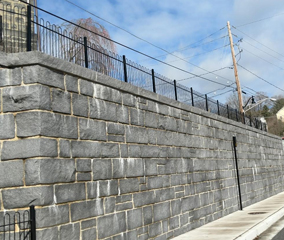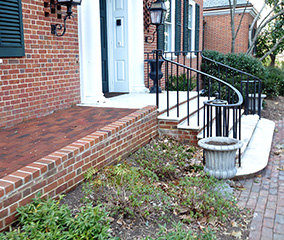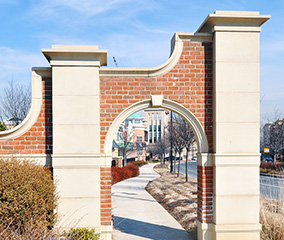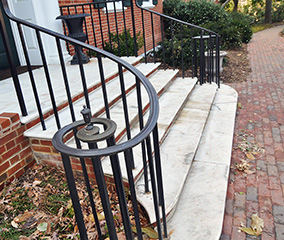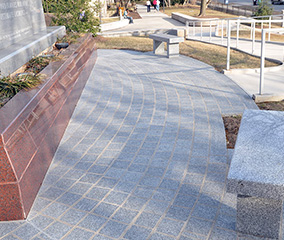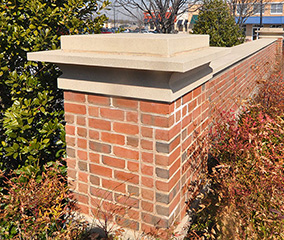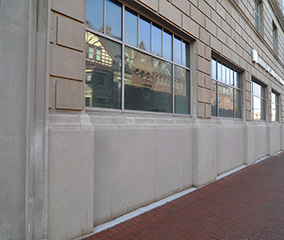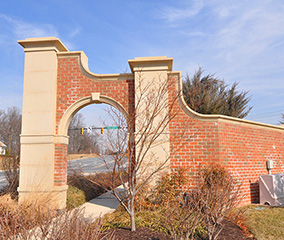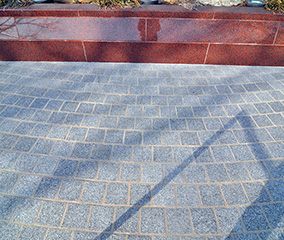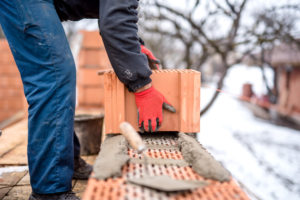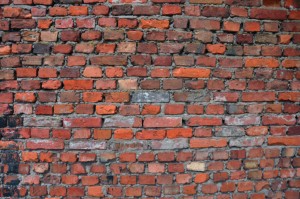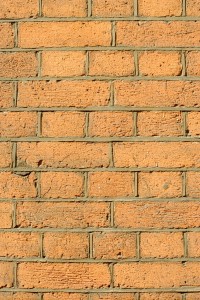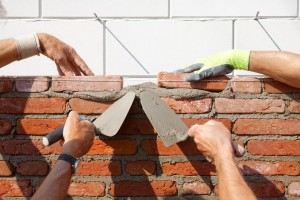
Do your mortar joints and brick masonry walls seem rundown? It might be time to do some home repairs, including tuckpointing. What is tuckpointing? It is the process of mortar joints repair of stone and brick masonry walls. In the tuckpointing process, grinding and raking of the mortar happens and then the filling of new mortar is done. This is no easy job and you should hire a reputable masonry contractor to do the labor-intensive job. You will know you are due for tuckpointing if your mortar joints have powdered material coming from it by a scratching the surface. If you cannot tell, a masonry contractor can assess the condition of your mortar joints.
It is important to hire a masonry contractor to do your tuckpointing because weakened mortar has the tendency to break down stone and brick masonry walls and result in moisture problems within your walls. The tuckpointing will help waterproof your mortar joints while extending the life of your walls. You will want to have tuckpointing done as soon as you notice a problem because it will save you a great deal of money in the long-run by preventing your masonry wall from deteriorating to the point you only have the option to tear it down and build a new wall. That’s expensive and you want to spot tuckpointing when you notice any loose masonry units such as brick and stone. When a budding has a new tuckpointed wall, you can expect the good condition to last for 25 years or more, depending on the quality of work from the masonry contractor. If you live in a high precipitation or high humidity area, you will want to check your brick and mortar often. For the best results, have your masonry work performed by a very professional and reputable contractor. This is the best way to guarantee you will have long lasting mortar joints that look good.
As for tuck pointing affordability, go for a quality and a good cost by comparing quotes and getting references. You want a masonry contractor with extensive experience to do your tuckpointing. This is not a job for amateurs because all tuckpointing projects are unique, whether on a flat ground surface or high-rise building, a masonry contractor needs to know what she or he is doing. Here at Prete Masonry we are here to do your tuck pointing right.
Del Prete Masonry
For any questions regarding new masonry construction, feel free to contact Del Prete Masonry. Our masonry restoration professionals have the experience and history of satisfied clients to prove that we’ll get the job done right, and cost-effectively. To get started with your masonry restoration project, please contact our office today at 410-683-0650 or email us at mike@delpretemasonry.com. We serve Baltimore City, County, Harford County, Carroll County, Anne Arundel County, and Howard County. Keep up with our blog for masonry related information, and follow us on Facebook, Twitter, and Google+.
